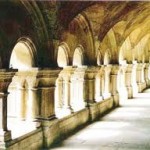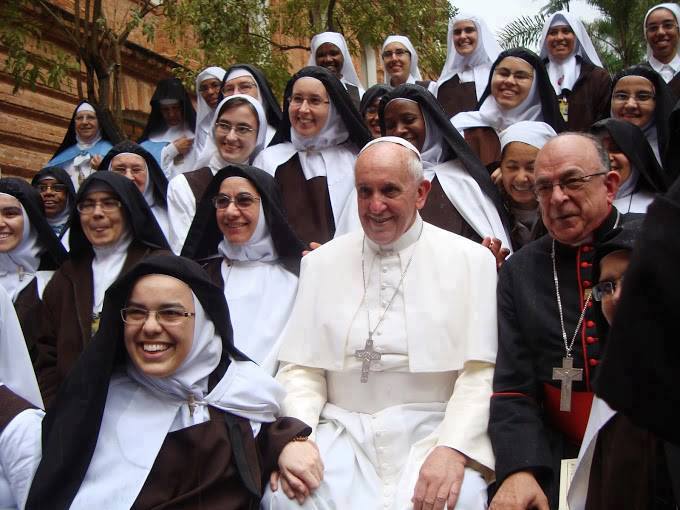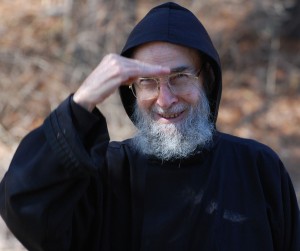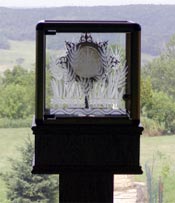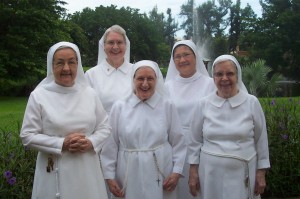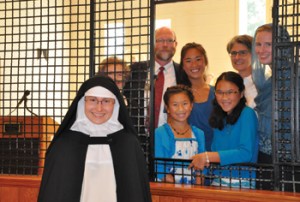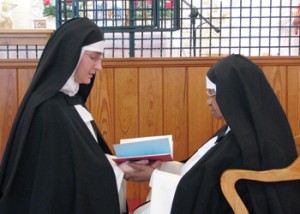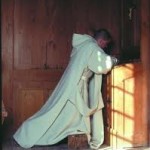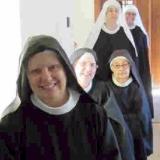 On May 13, 2013, Mother Mary Salvador of the Heart of Jesus, C.P., was laid to rest in the Passionist’s community cemetery in Ellisville, Missouri. Anyone who called the Passionists to request prayers or one of their handmade note cards was greeted with the sweet and gentle voice of this dear sister.
On May 13, 2013, Mother Mary Salvador of the Heart of Jesus, C.P., was laid to rest in the Passionist’s community cemetery in Ellisville, Missouri. Anyone who called the Passionists to request prayers or one of their handmade note cards was greeted with the sweet and gentle voice of this dear sister.
Mother was actually an active sister who 20 years after her entrance into religious life transferred, “to our great joy” as the nuns said, to the Passionists.
This link directs you to a short video of Mother Mary Salvador and her reflection on the Passionist vocation and the value of suffering. She reminds us that to reach the Resurrection, it is necessary to pass through Good Friday. No one questions the sweat, sacrifices, pain and labor that an athlete goes through to reach the finish line. We have a much greater goal in store for us – a heavenly union with God!
The Passionists’ motto is: May the Passion of Jesus Christ Be Always in Our Hearts. Like Jesus, who bore our sins on the Cross, the sisters take our sufferings and offer them on our behalf to Jesus, that it might bear fruit in our lives and give us the hope and grace to see beyond it. It is not a simply desire for endurance in suffering; it is the hope that we will experience a foretaste of the glory and joy that is to come.
Please pray that these sisters will receive many holy vocations. Our poor, suffering world needs their witness for without the remembrance of the Passion of Christ and what it won for us, the light of faith will grow dimmer in our world.

